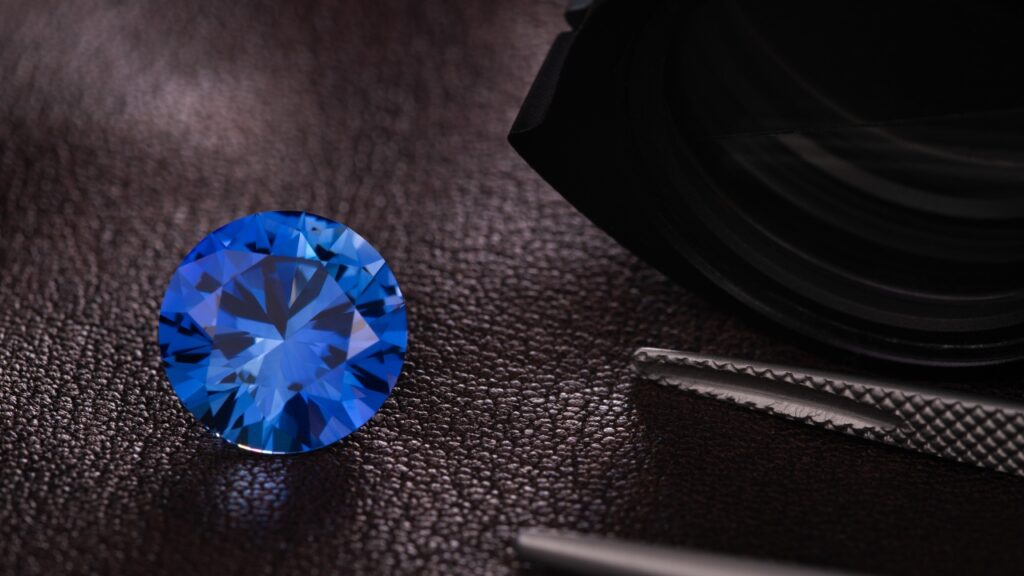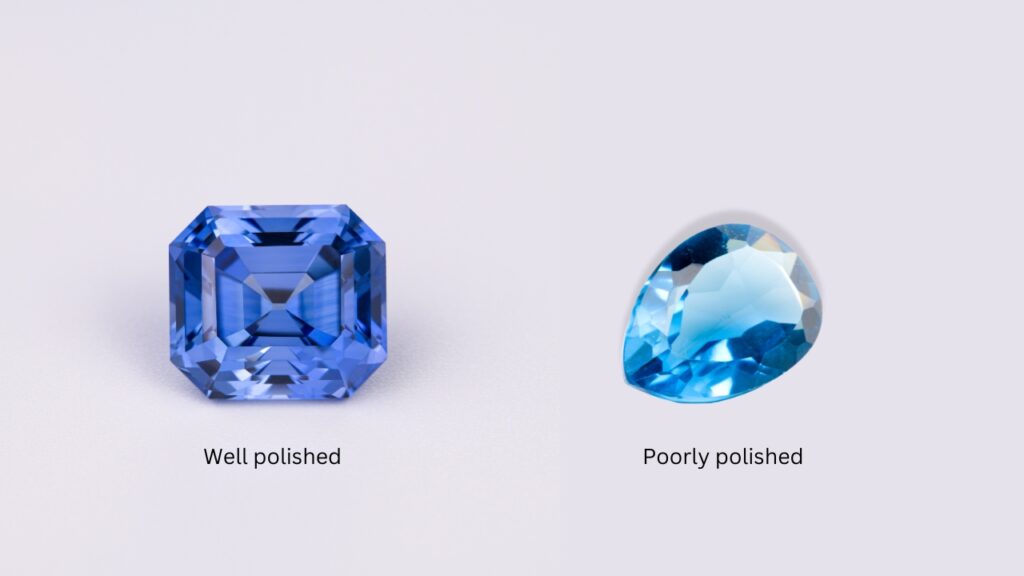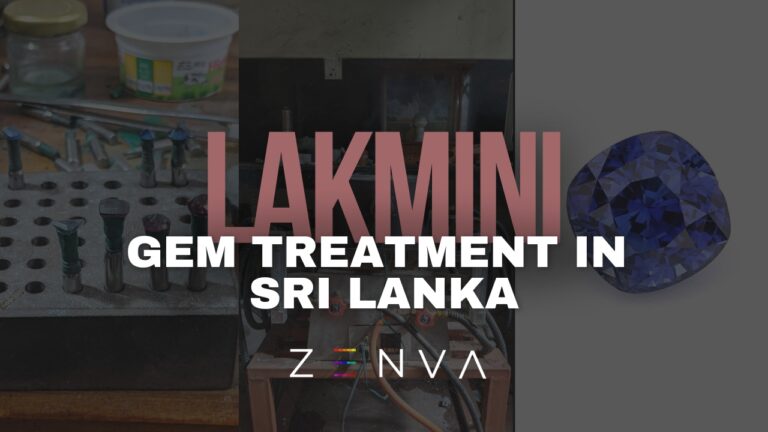When it comes to gemstones, the cut is like the icing on a cake. Just as you might hesitate to buy a cake if its icing doesn’t look appealing, a gemstone that’s poorly cut won’t reflect its true beauty, no matter the quality of the material. A well-cut gemstone enhances its brilliance, color, and overall allure. On the other hand, a stone with an average or poor cut can look dull, and its value may plummet, even if it shares the same color and clarity as a better-cut counterpart.
In this guide, we’ll walk you through the key factors to consider when evaluating or buying gemstones, focusing on proportions, facets, and polishing.
Proportions: The Key to Symmetry and Sparkle
The proportions of a gemstone, including its length-to-width and width-to-height ratios, are critical to ensuring that the stone reflects light properly. Ideal proportions help maximize the stone’s brilliance, ensuring that light enters and exits through the top (or “table”) of the stone, creating a dazzling sparkle. Poor proportions can lead to gemstones that are too elongated, elliptical, or flat, which in turn creates a “window” effect. This is where light passes through the stone without reflecting back, resulting in a dull appearance.
Length-to-Width Ratios for Oval and Rectangular Cuts
The table below shows the ideal length-to-width ratios for gemstones, for oval and rectangular cuts:
Length (mm) | Width (mm) | Ratio |
5 | 3 | 1.67 |
6 | 4 | 1.50 |
7 | 5 | 1.40 |
8 | 6 | 1.33 |
9 | 7 | 1.29 |
10 | 8 | 1.25 |
Maintaining these ratios ensures that the gemstone has a balanced appearance and that light is reflected evenly, maximizing its brilliance.

Facet Meeting and Facet Sizes: Precision Matters
Facets are geometrically shaped flat surfaces cut into the gemstone, allowing it to display its optimal color, brilliance, and luster. Facet alignment is crucial because misaligned facets can ruin the gemstone’s symmetry, reducing its visual appeal. Each facet must be cut with precision and consistency so that the gemstone can reflect light uniformly.
A well-cut gemstone will have facets that are the right size, and their meeting points will align perfectly. This geometric precision is what gives gemstones their characteristic sparkle.

Polishing: The Final Touch
After cutting, polishing is what gives a gemstone its sleek, glassy finish. A well-polished gemstone should be free of scratches, blemishes, or any surface imperfections. You can examine a gemstone under a 10x loupe to check for these imperfections. If you notice scratches or dents, it may indicate poor polishing, which diminishes the stone’s value.
Repeated polishing can enhance the stone’s brilliance, giving it a “glass body” effect, which makes it appear clearer and more radiant. Be sure to check for chips or dents along the edges, as even minor imperfections can affect both the appearance and durability of the gemstone.

In conclusion, a well-cut gemstone enhances the natural beauty of the stone, ensuring that it dazzles with brilliance and vibrant color. When evaluating a gemstone, consider its proportions, facet precision, and the quality of the polish to ensure you’re getting a high-quality stone that will retain its value and beauty over time.




